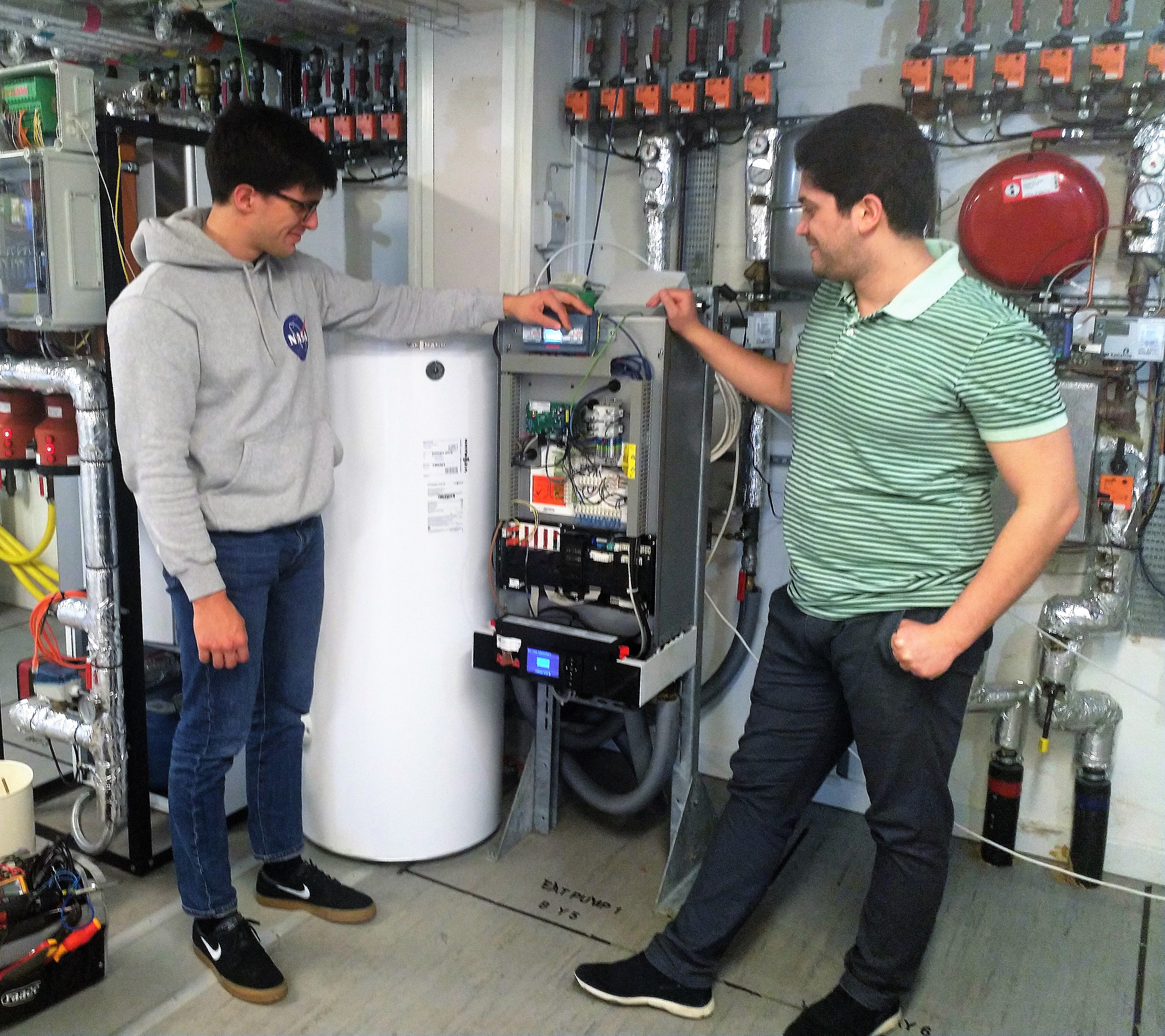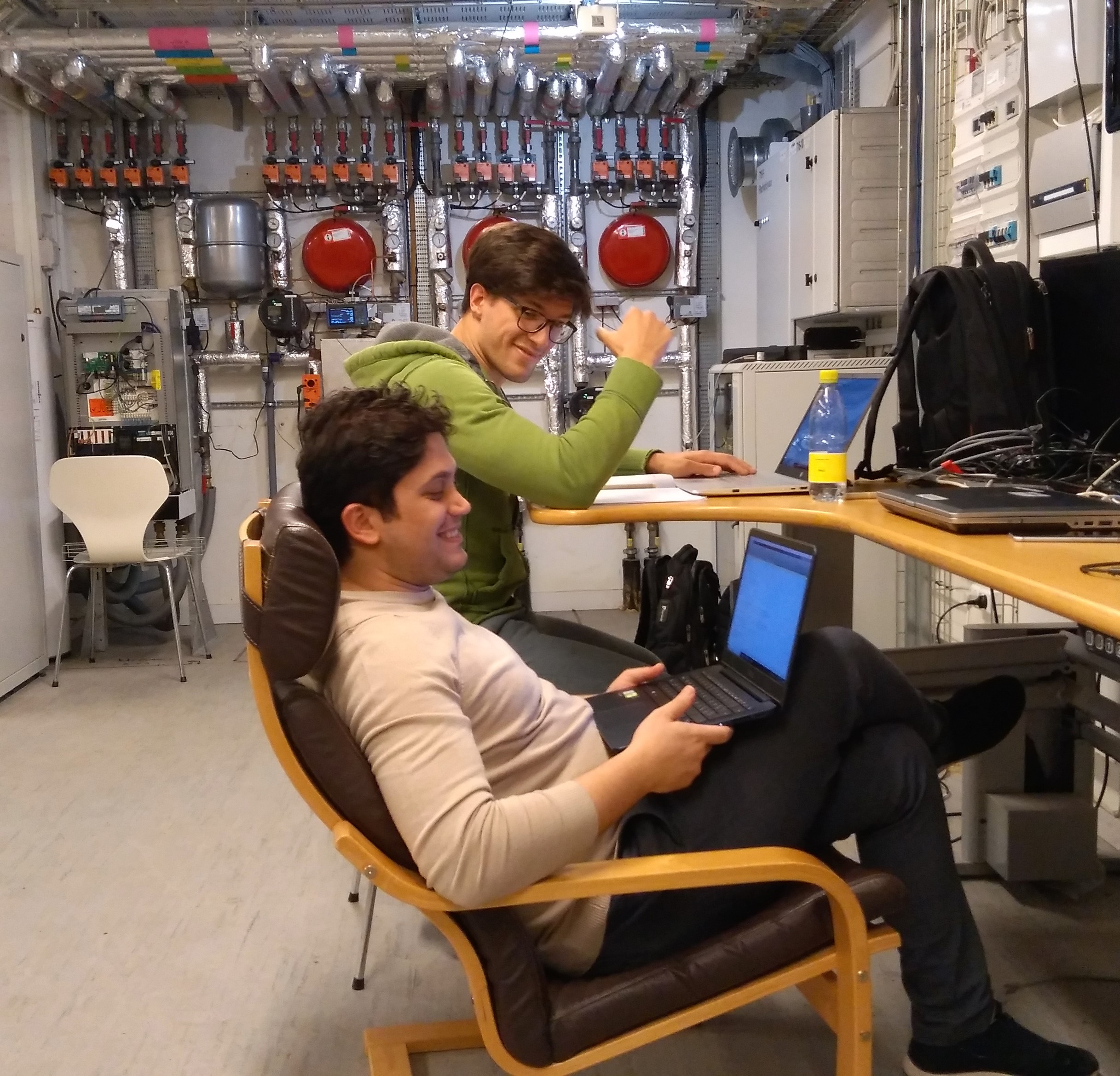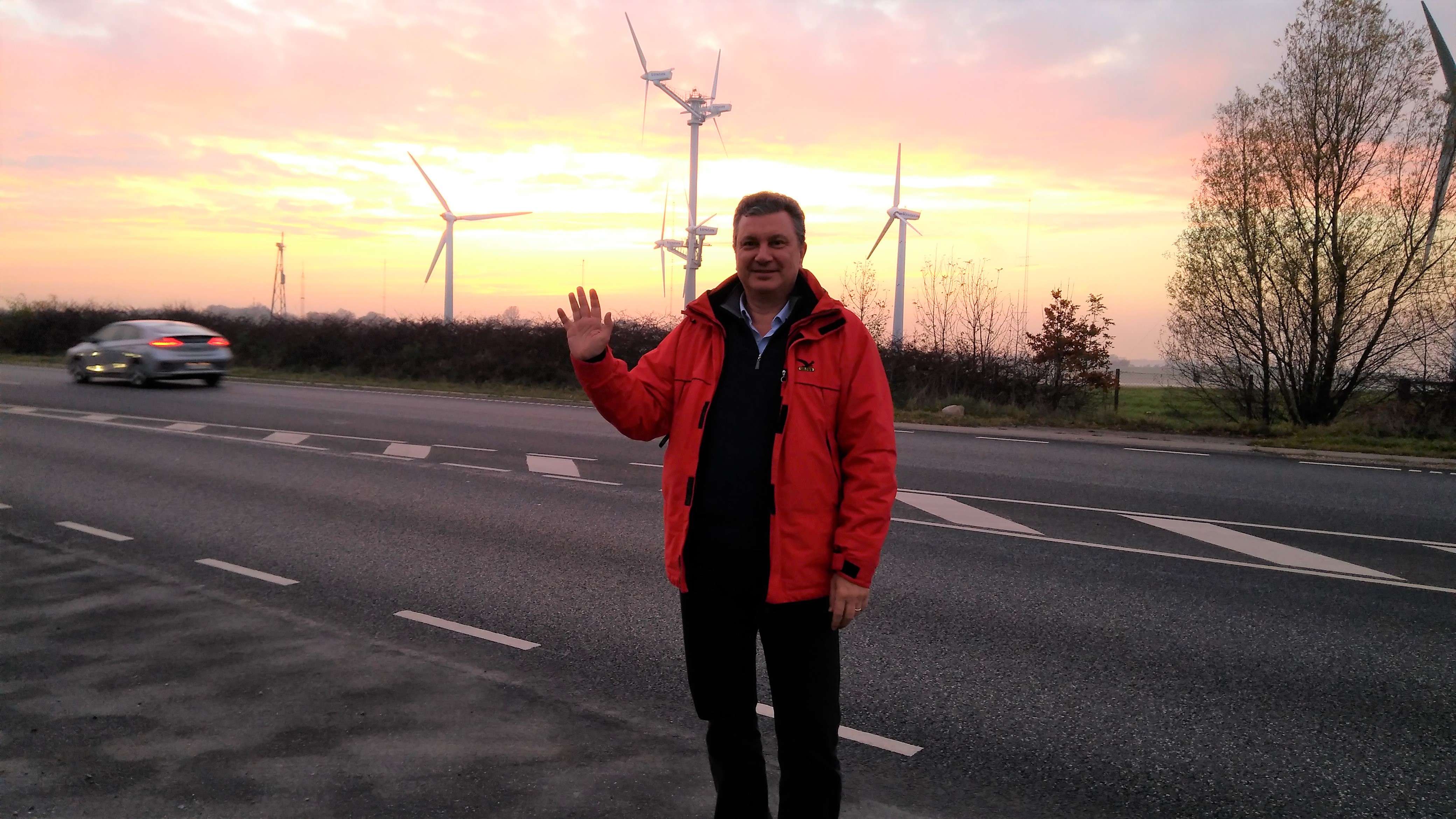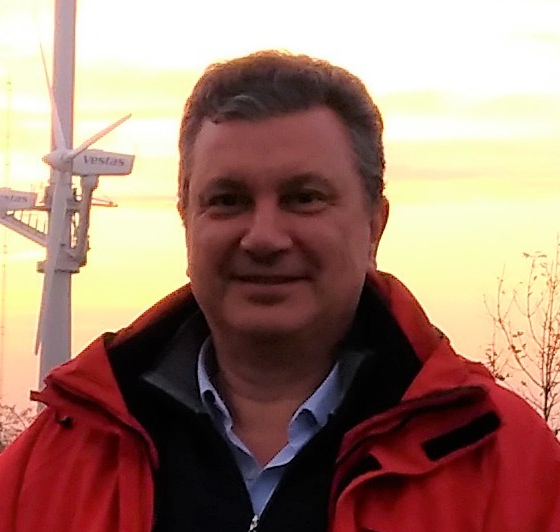TA success story: DAMS4IRMA
Optimal Control Algorithms for Smart Buildings
Topic: Distributed adaptive MPC agents for integrated energy resources management in smart buildings
Hosting facility: SYSLAB of the Technical University of Denmark (DTU)
Duration: 04.11.2018 – 23.02.2019; 29.10.2018 – 09.03.2019
Outcomes: Technical Report, Factsheet

Heat pumps, coupled with hot water storages, are normally used to control indoor temperature in buildings. Their potential usage in DR programs, however, is hindered by limited knowledge of heat pump efficiency and limited exploitation of the overall inertia. The DAMS4IRMA user group applied for the ERIGrid Transnational Access in order to test, validate and analyse the impacts of different control-oriented models of the air-to-water heat pump on the COP (coefficient of performance) prediction, especially for the formulation of optimal control problem in presence of variable electricity prices, variable outdoor conditions and variable loads. The tests were carried out at the SYSLAB, Department of Electrical Engineering, Technical University of Denmark (DTU).


Achievements
Through the equipment available at SYSLAB (part of PowerLabDK at DTU), the DAMS4IRMA user group managed first to develop a detailed reference nonlinear model of the air-to-water heat pump, as well as that of the coupled hot water tank, for domestic applications. Then, many different control-oriented models have been developed and tuned, as a function of different parameters (external temperature, humidity, power frequency, inlet water temperature), of different complexity. Those models have then been used inside a suitable optimisation problem, whose aim is to satisfy user’s comfort constraints and system physical constraints, while optimising a cost function over a finite horizon, with variable electricity profile and weather conditions. The tests were made controlling the indoor temperature in a real brick house, under real operating conditions, with a control structure based on a linear time-varying MPC developed on purpose.
From the scientific point of view, this paves the way to a wide adoption of optimal control algorithms in demand response programmes. From the application point of view it shows that there are still margins to further improve the overall energy efficiency in buildings and beyond, exploiting the variable COP of heat pumps along with variable electricity price.

